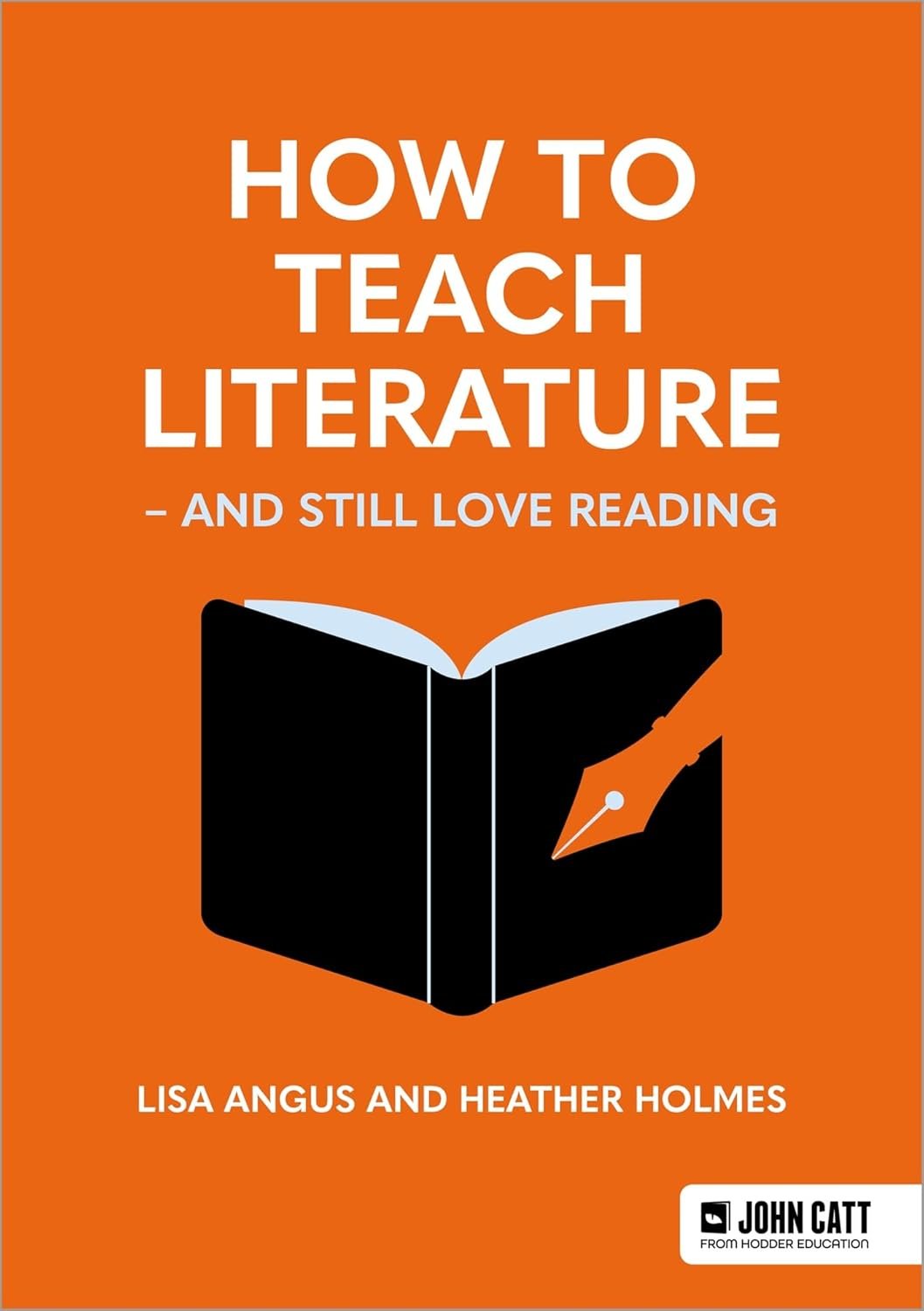Introduction: stumbling around in blissful ignorance
There was a time when I would knock out blog posts with reckless abandon, not really understanding the usefulness of categories. I used tags a lot, but categories? I would just publish the articles on my blog, and watch them float away completely free from any overarching structure.
Then one day, perhaps while I was walking, or having a swim, or doing my version of a workout in the gym, it all suddenly made sense. Categories! Tags! Of course! (Editor’s voice: enough of the exclamation marks already.)
So what ARE categories and tags?
So here’s the inside gen. Categories are the equivalent of broad chapter titles. Tags are the equivalent of the more finely-tuned entries in an index.
For example, one of the categories on this website is Bookshelf, and all my book reviews are placed in that category. But it’s a very broad heading: if it’s a book review, it’s filed under Bookshelf. But not all the books are on the same subject, or in the same genre. So I’ve also tagged my book reviews, using terms like Great Novellas, and poetry. You can this by looking at the screenshot below.
Categories and tags, by Terry Freedman
How do you decide whether a term should be a category or a tag? Some people will probably disagree with me, but what I do is look at how much I’m likely to use that term again. For example, one of the tags in the screenshot above is John Carey. If my blog was about named authors, and I was likely to be reviewing several books by John Carey, it would be sensible to create a category called John Carey (and one called Stephen King, one called Dean Kootz, and so on). But that doesn’t apply in my case.
On the other hand, I’ve sometimes used the same term as both a category and a tag. For example, there’s a category called Oulipo (a French writing movement), and a tag called Oulipo. If I am writing specifically about the Oulipo, the article belongs in the Oulipo category (and I’ll tag it with Oulipo just for good measure). But if it only touches on Oulipo, or mentions it in passing, I’ll categorise the article as something else, but one of the tags will be Oulipo.
What’s the point of categories and tags then?
Using categories and tags enables readers to find the sort of articles they’re interested in (categories) or the specific topic they’re interested in (tags).
For example, if you’re interested in reading my reviews, you could either click on the category review, or enter the following URL in your browser’s search bar:
https://www.writersknowhow.org/articles/category/Reviews
You will then see a list of my reviews, which includes reviews of courses as well as books.
Alternatively, you could click on the tag Film Studies or use this URL:
https://www.writersknowhow.org/articles/tag/film+studies
You’ll see a few articles on that topic, though not enough, in my estimation, to warrant making Film Studies a category all of its own.
From the blogger’s point of view, categories and tags enable you to present to the reader a bunch of articles that are related to each other in some way. This is a great way of trying to keep a visitor on your blog, and can be quite visually attractive.
For example, here is a presentation of several articles categorised under Reviews:
And here is a summary of articles tagged as Film Studies:
Conclusions
Using categories and tags takes no extra time to speak of, but makes navigating your blog easier, provides the reader with the joined-up experience of seeing several articles at once via a common thread, and encourages people to stay on your blog for longer.
Everybody wins.
If you found this article interesting, why not subscribe to my newsletter, Terry Freedman’s Books Bulletin?

















